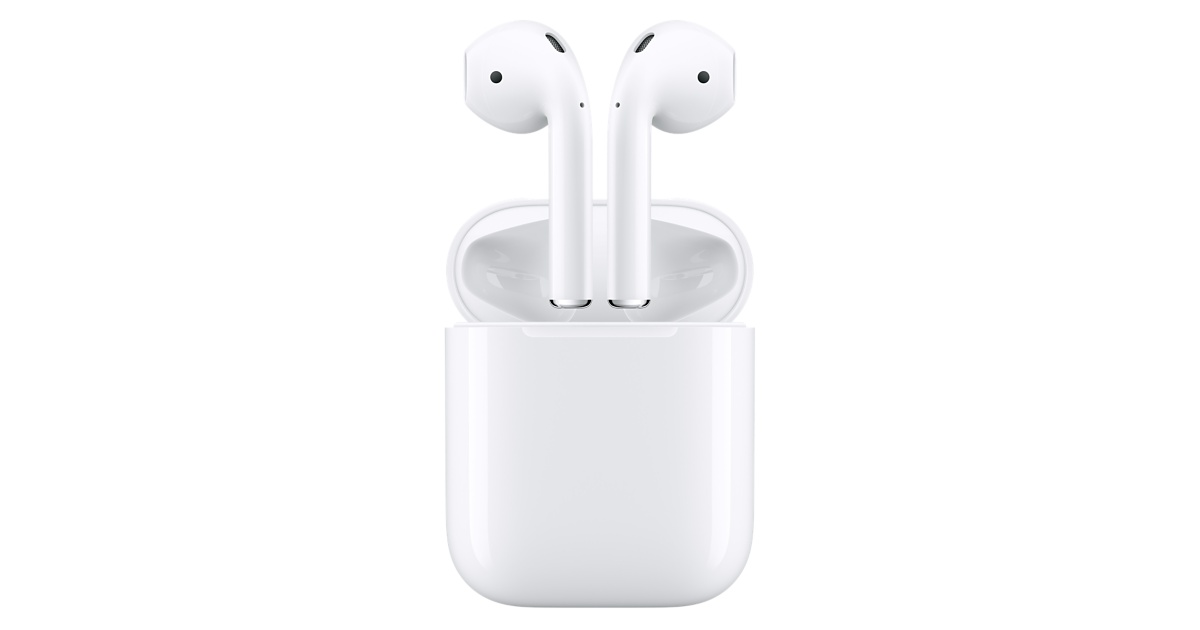Market research firm Slice Intelligence recently estimated that the $159 AirPods earphones, which launched on December 13, have managed to capture one out of each four dollars spent online on wireless headphones during December 2016, beating Apple’s own premium audio brand Beats which took a Slice-estimated 15.4 percent share of the wireless headphone market.
But according to NPD Group’s December 2016 Weekly Retail Tracking Service data cited by CNET, Slice’s data paints an incomplete picture of the wireless headphone market. According to NPD’s own findings, AirPods have captured a modest two percent of the market in units and three percent in dollars.
For Apple to capture a much smaller two percent of units and three percent of sales is still significant given how big the headphone market is, said Ben Arnold, an executive director and industry analyst at NPD Group.
Apple’s Beats brand has captured a 25 percent unit share and a 46 percent revenue share. Beats increased its sales 51 percent annually. The fact that the Apple-owned premium headphone brand was able to maintain share and position in the market “means its sales grew as fast as the market did.”
Bose had eight percent unit share and a cool nineteen percent of dollar sales in December 2016, while LG capture ten percent unit share and seven percent of dollar sales. Sony took an NPD-estimated seven percent of headphone units sold in December and six percent of sales.
Plantronics and Jaybird were at around two percent unit sales each.
NPD probably provides a more accurate overview of headphone sales than Slice. Although NPD’s numbers for AirPods are much lower than Slice’s data, that doesn’t change the fact that AirPods have had an impressive debut—especially given that they launched in limited quantity on December 13.
One important point of distinction: Slice’s survey tracked sales between December 13-31 when AirPods were on sale while NPD’s survey accounted for the December 1-31 period.
I noted in my comment that Slice’s methodology leaves a lot to be desired.
That’s because Slice relies on a panel of 4.2 million online shoppers. The firm basically requires access to people’s inboxes to analyze sales receipts, meaning any conclusions drawn from such methodology only take into account U.S. online shoppers who have voluntarily allowed Slice’s software to scan their inboxes.
Source: CNET
